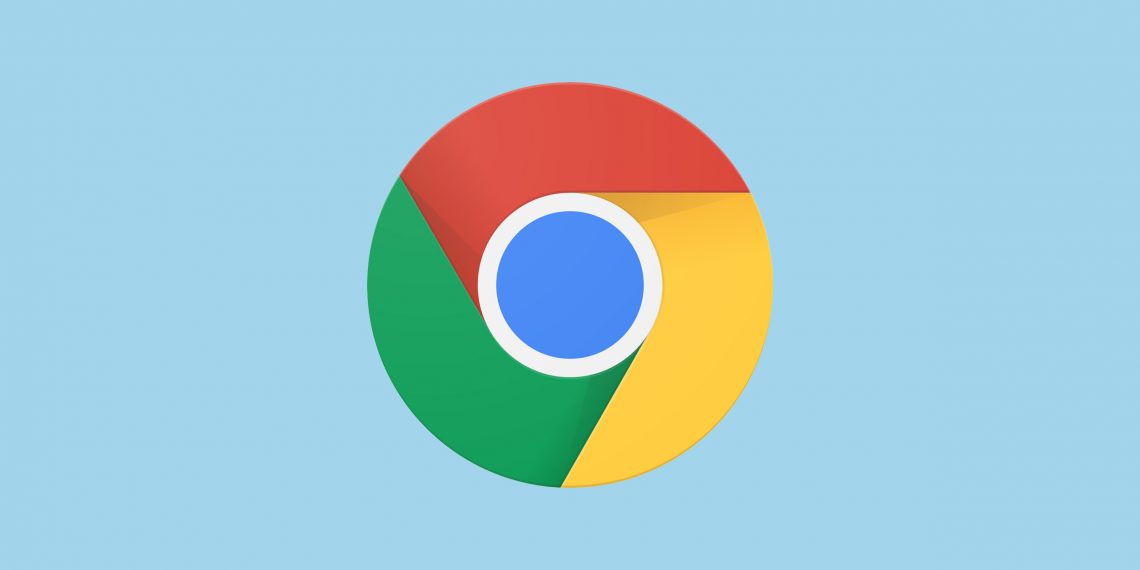Chrome browser’s built-in ad blocker starts July 9

Today in the blog Chromium was published the news about the beginning of the work of the ad blocker built into the Chrome browser. The developers plan to activate the module on July 9, from this point on most of the promotional materials will be blocked.
According to the developers, the blocker will get rid of some types of advertising that bother users the most. Previously, Chrome blocked ads that violated standards, but only on sites in North America and Europe. In addition, the advertising platform of Google Inc. has decided to fight the offenders in order to reduce the number of "bad" advertising materials.
The Chrome team adheres to standards that are called "Better Ads Standards". They were developed by the organization Coalition for Better Ads , which brings together a variety of companies dealing with advertising. Standards were created based on feedback from tens of thousands of users (66 thousand, to be more precise). Standards evaluate promotional materials according to 12 criteria, the non-observance of which leads to a deterioration in the quality of advertising.

Recently, representatives of Coalition for Better Ads have decided to extend the experience of dealing with advertising materials to the whole world, taking advantage of the results of the work of the ad blocker in North America and Europe. A blocker built into Chrome will prevent poor advertising from being shown anywhere in the world.
Coalition is an organization that brings together both advertisers and owners of Internet resources. Members of this organization are concerned, in particular, that the popularity of ad blockers is steadily growing among Internet users. The organization has conducted several studies and found that the use of blockers by users is prompted by the dishonesty of the creators of advertising, which can be very annoying and annoying. They seek to overcome "banner blindness."
According to representatives of the coalition, the most annoying advertising formats are pop-ups with content access blocking on mobile devices, as well as animated flickering banners that distract attention.
According to the coalition members, not only its creators are responsible for the distribution of this type of advertising, but also publishers who may well block poor-quality advertising materials. Therefore, it was decided to impose penalties on the site owners, where poor-quality advertising is shown.
As for publishers, they can check how high-quality advertising is placed on their resources. The Ad Experience Report tool is designed for this . It gives you the opportunity to determine how Chrome "sees" ads placed on a particular resource. Previously, the service was available only to publishers from North America and Europe. But now it has been opened to users from all over the world.
The developers claim that this tool analyzes millions of sites around the world, and soon the total amount of resources will only increase. In sleep
According to the Chrome team, the main goal is not at all the fight against advertising, but to improve the quality of the web environment, and this is universal. In the course of working with publishers in North America and Europe, the team noted the desire of a large number of program participants to improve the quality of advertising placed. Now two thirds of publishers whose sites are analyzed by the service have changed the approach to the materials placed on their resources. According to statistics, only 1% of the analyzed advertising materials was filtered.
If the ad blocker “sees” that the status of the site is Failing, the browser will block all ads on such a resource, including advertising banners of its own platforms - AdSense and DoubleClick. This is the main difference between Chrome’s built-in ad blocker and its counterpart in Yandex.Browser. In the second case, advertising by Yandex is never blocked unless there is a violation of the recommendations of IAB Russia.
Previously, both browser users and advertisers positively responded to the work of the blocker. At the moment, Chrome browser uses about 50% of the representatives of the Internet community.
